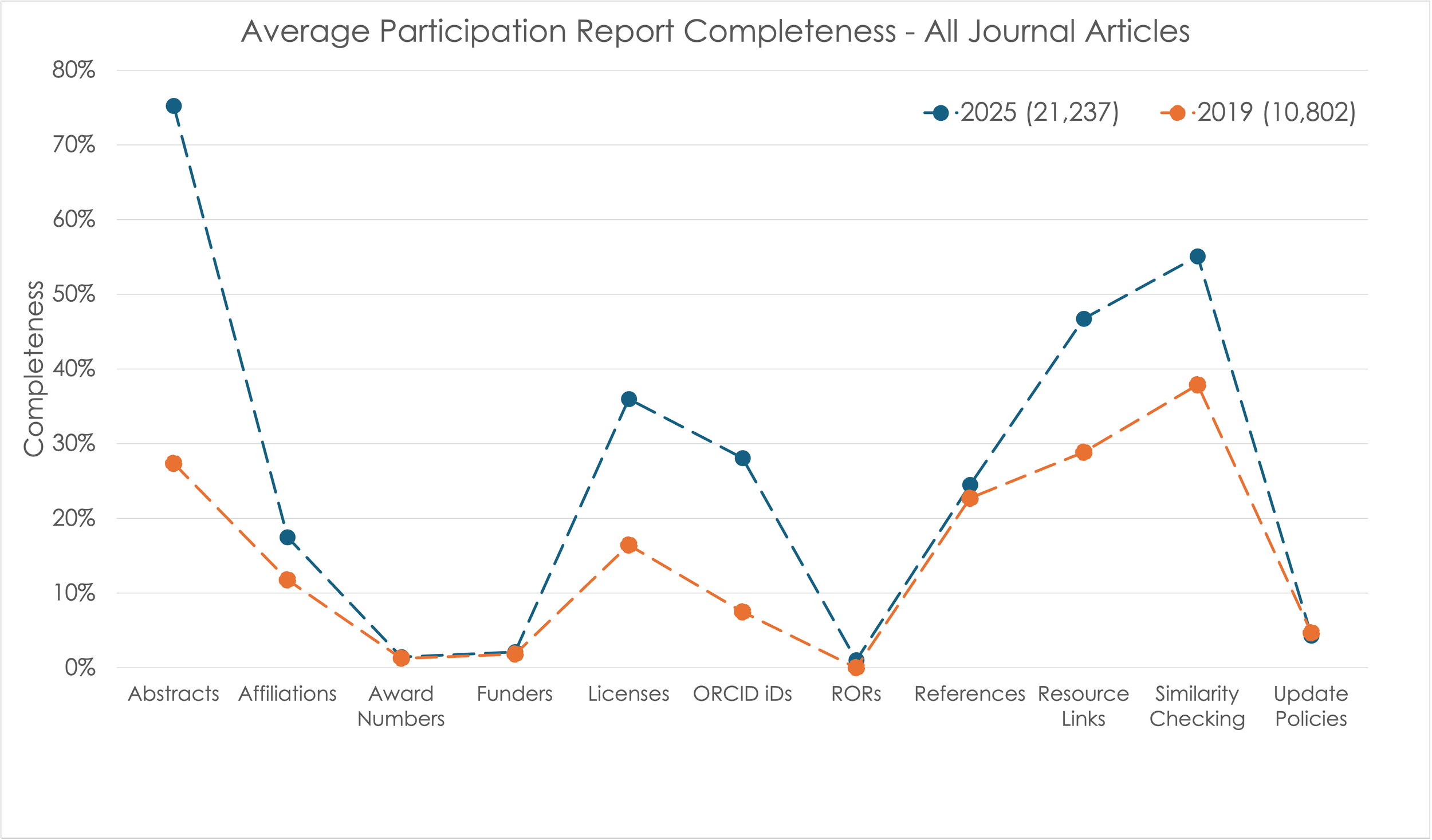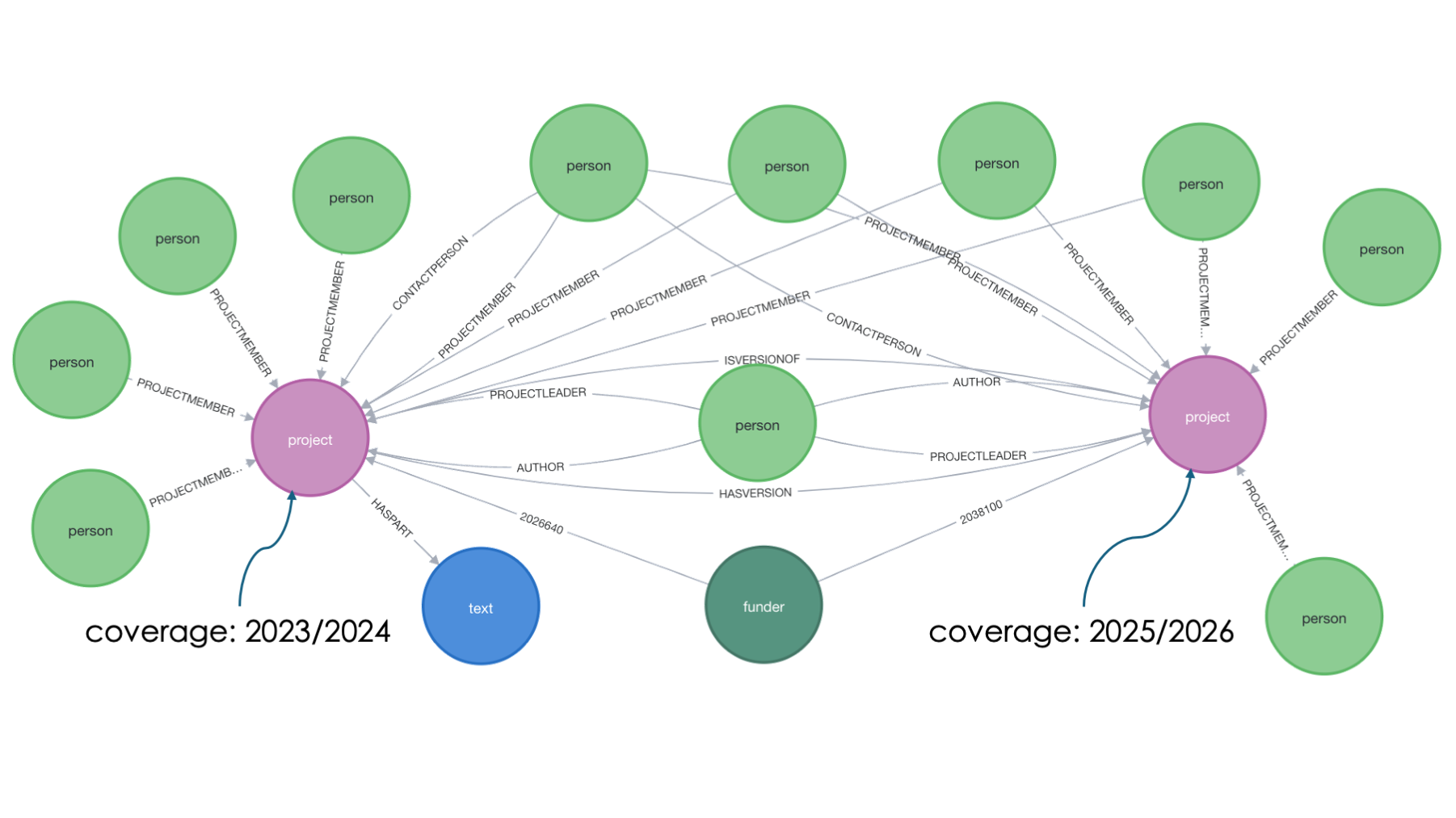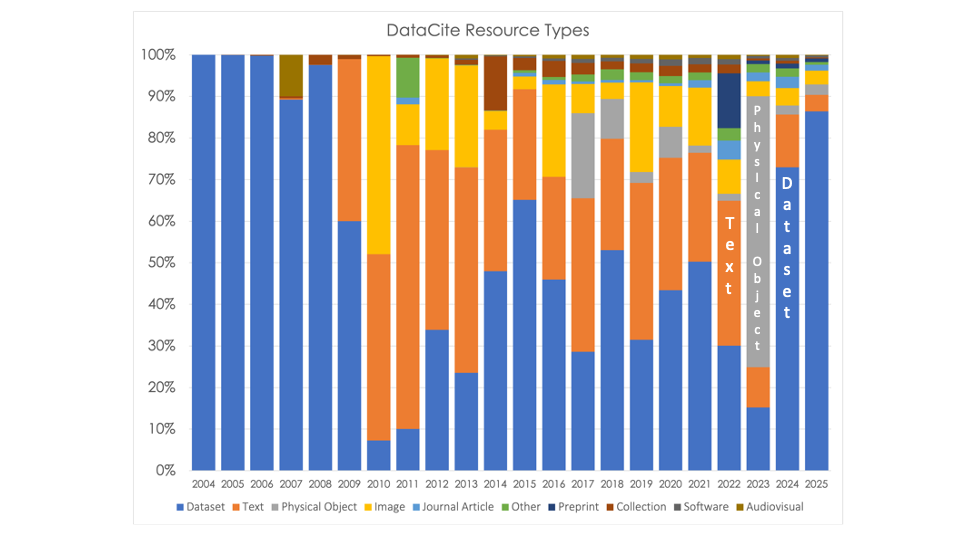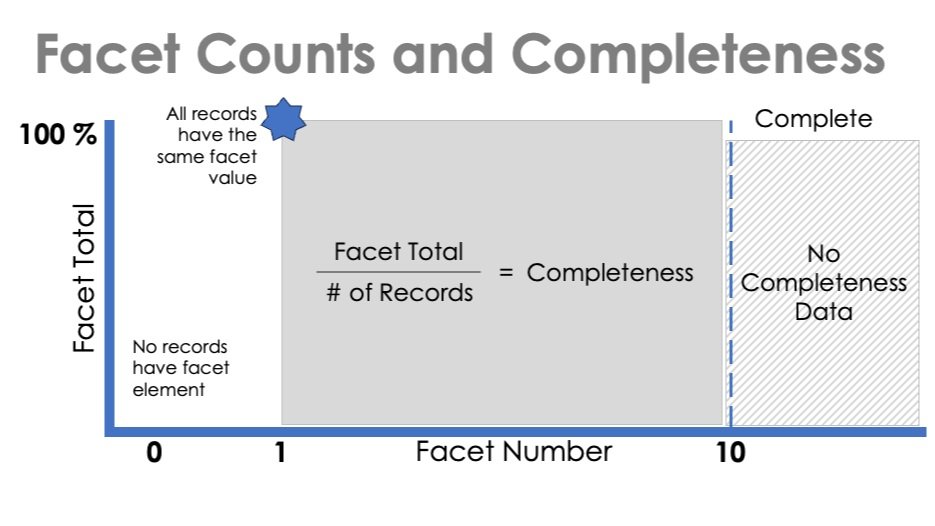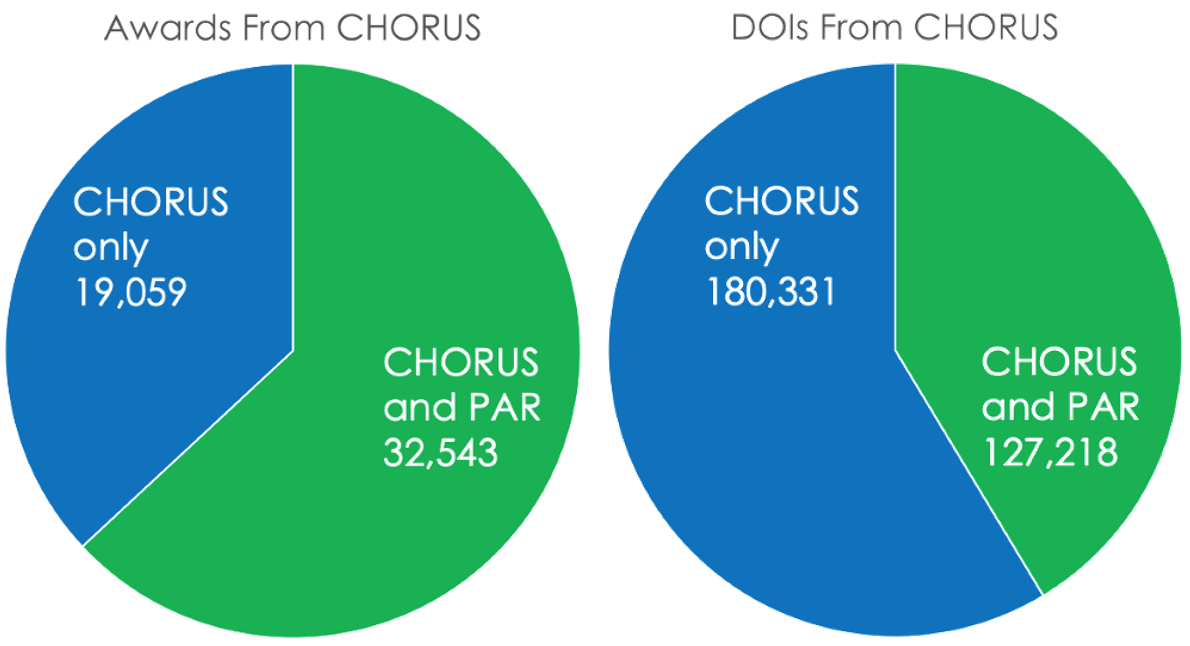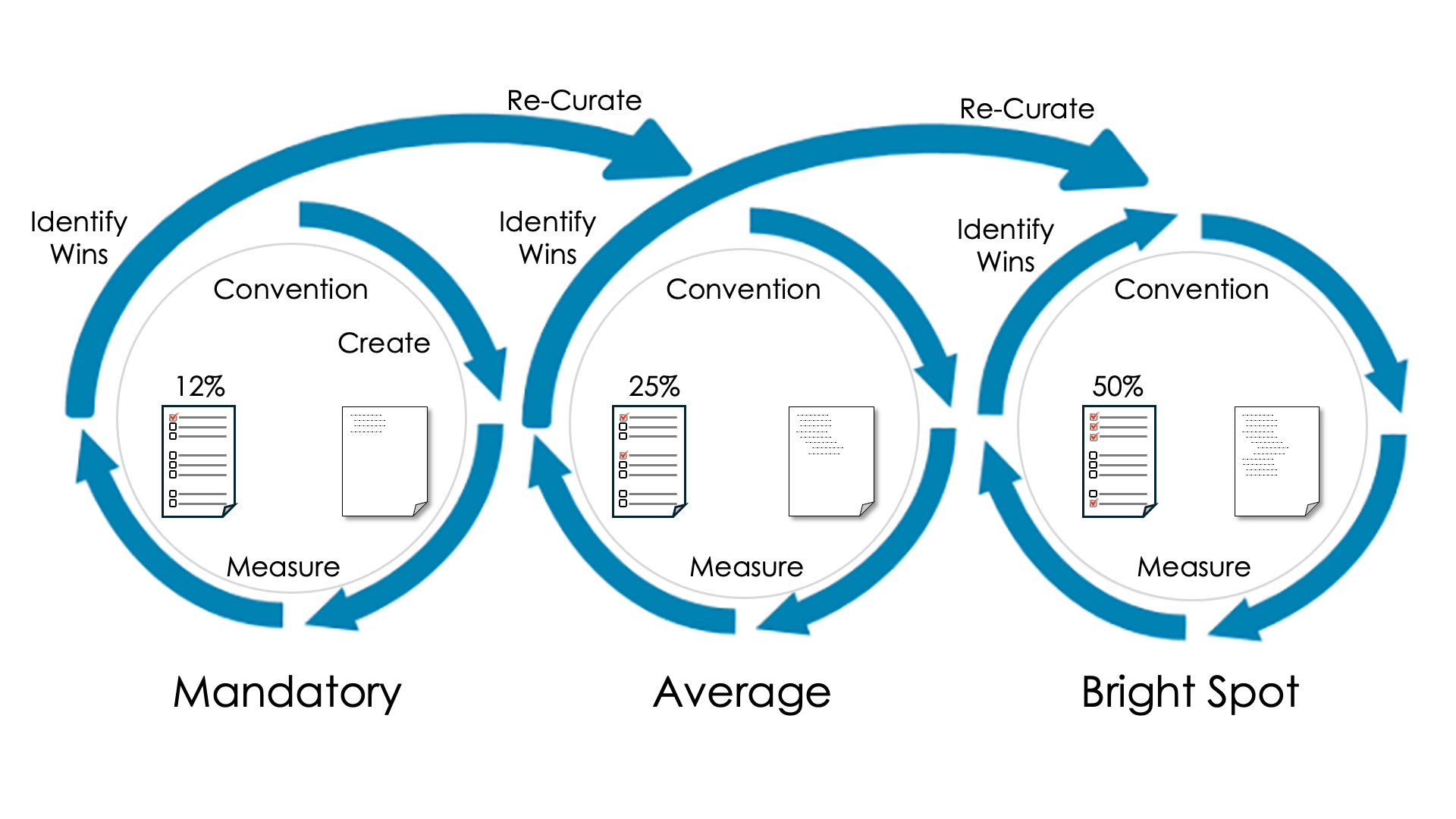Award Metadata @ DataCite
/DataCite metadata has the tools needed to track contributions from specific awards but there are many obstacles on the journey of award numbers into complete metadata. This post explores the landscape. Funder names and identifiers, i.e. Crossref Funder IDs and RORs, are more common than award numbers.
Read More


